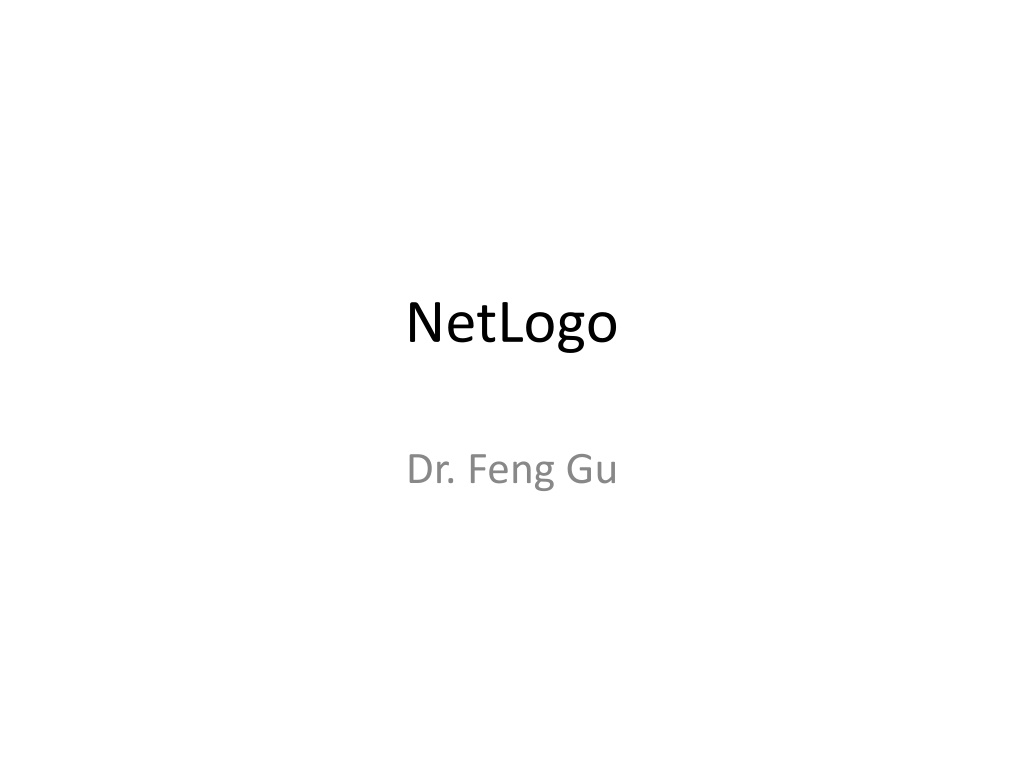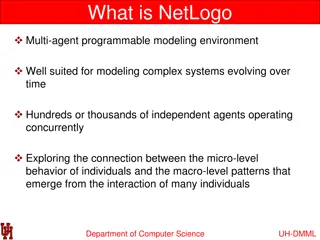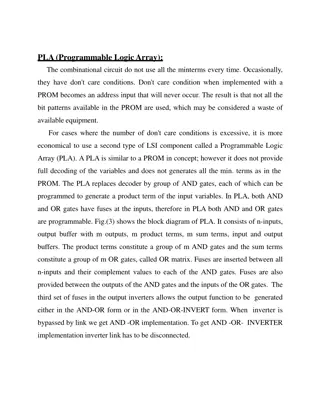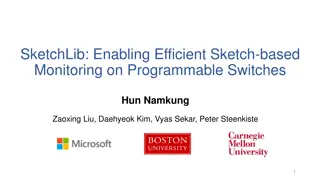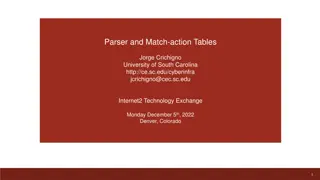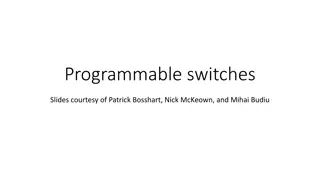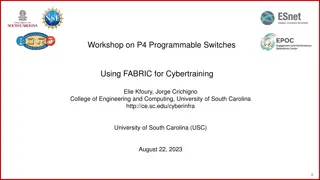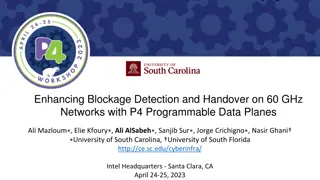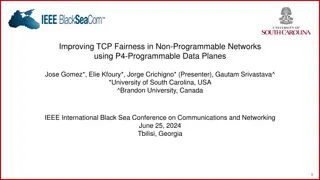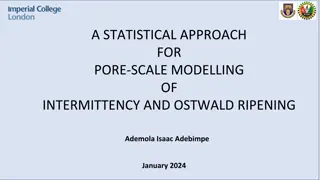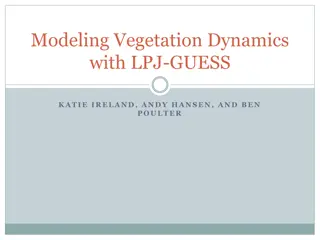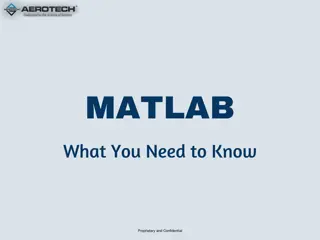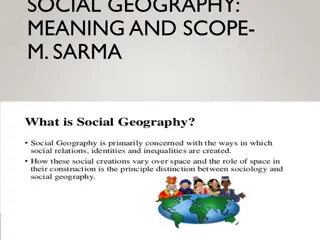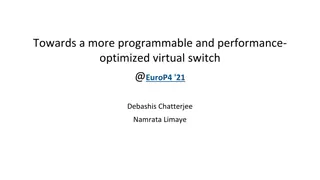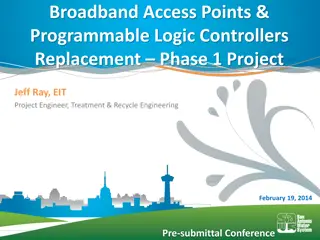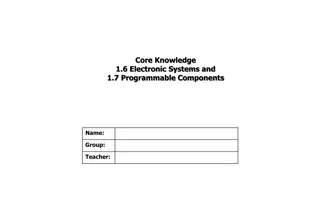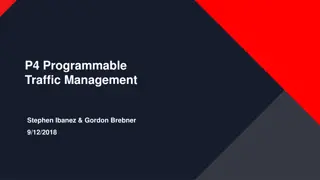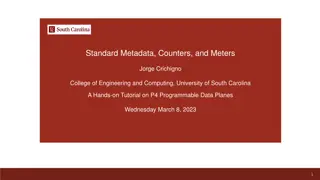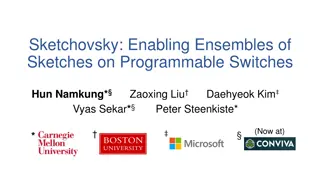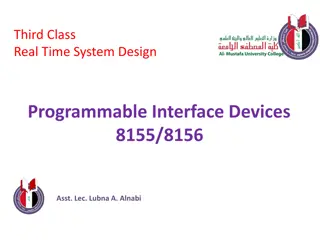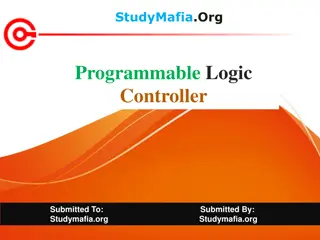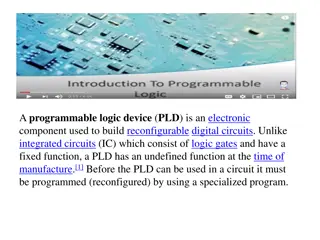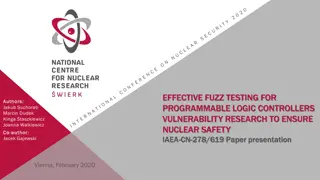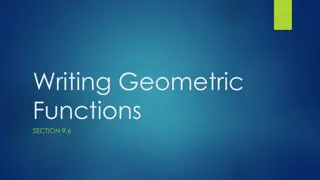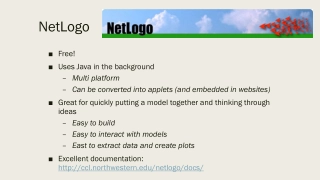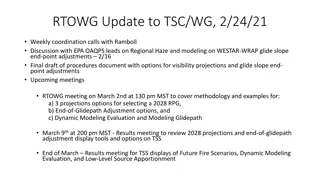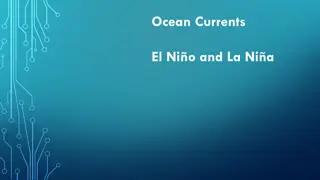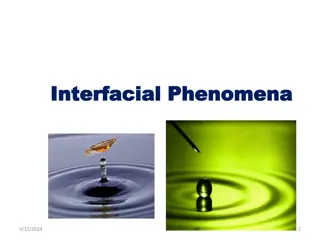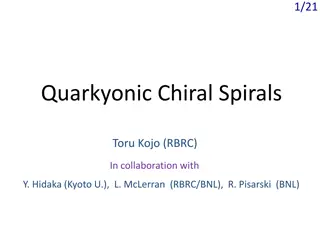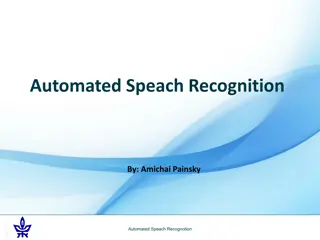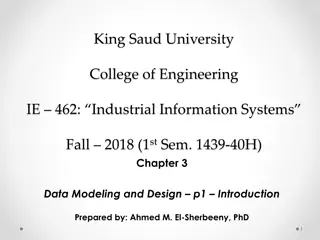NetLogo - Programmable Modeling Environment for Simulating Natural and Social Phenomena
NetLogo is a powerful and versatile programmable modeling environment created by Uri Wilensky in 1999. It allows users to simulate natural and social phenomena by giving instructions to multiple agents operating independently, making it ideal for modeling complex systems evolving over time. NetLogo is suitable for students, teachers, and researchers across various fields, offering extensive documentation, tutorials, and a Model library. Its features include a user-friendly interface, mobile agents, link agents for networking, large language primitives vocabulary, and the ability to create reproducible runs. NetLogo also supports system dynamics modeling, participatory simulations through HubNet, and 3D modeling. Its language is based on Logo and provides first-class function values.
Download Presentation

Please find below an Image/Link to download the presentation.
The content on the website is provided AS IS for your information and personal use only. It may not be sold, licensed, or shared on other websites without obtaining consent from the author. Download presentation by click this link. If you encounter any issues during the download, it is possible that the publisher has removed the file from their server.
E N D
Presentation Transcript
NetLogo Dr. Feng Gu
NetLogo NetLogo is a programmable modeling environment for simulating natural and social phenomena, authored by Uri Wilensky in 1999 and has been in continuous development ever since at the Center for Connected Learning and Computer Based Modeling. Particularly well suited for modeling complex systems developing over time. Modelers can give instructions to hundreds or thousands of agents all operating independently. It makes it possible to explore the connection between the micro-level behavior of individuals and the macro-level patterns that emerge from their interaction. Enables students, teachers and curriculum developers to create their models. Simple enough for students and teachers, yet advanced enough to serve as a powerful tool for researchers in many fields.
NetLogo Has extensive documentation and tutorials and comes with the Model library, a large collection of pre-written simulations that can be used and modified. Can also power a classroom participatory-simulation tool called HubNet. Through the use of networked computers or handheld devices such as Texas Instruments graphing calculators, each student can control an agent in a simulation. Next generation of the series of multi-agent modeling languages including StarLog and StarLogoT runs on the Java virtual machine, so it works on al major platforms. It is run as a desktop application. Command line operation is also supported.
Features -Free, open source - Cross-platform: runs on Mac, Windows, Linux, et al. -International character set support Programming -Full programmable -Approachable syntax -Language is Logo dialect extended to support agents -Mobile agents (turtles) move over a grid of stationary agents (patches) -Link agents connect turtles to make networks, graphs, and aggregates -Large vocabulary of built-in language primitives -Double precision floating point math -First-class function values (aka tasks, closures, lambda) -Runs are reproducible cross-platform System
Features -Command center for on-the-fly interaction -Interface builder w/buttons, sliders, switches, choosers, monitors, text boxes, notes, output area -Info tab for annotating your model with formatted text and images -HubNet: participatory simulations using networked devices -Agent monitors for inspecting and controlling agents -Export and import functions (export data, save and restore state of model, make a movie) -BehaviorSpace, an open source tool used to collect data from multiple parallel runs of a model -System Dynamics Modeler - NetLog 3D fro modeling 3D worlds -Headless mode allow dong batch runs from the command line Display -Line, bar, and scatter plots -Speed slider lets you fast forward your model or see it in slow motion -View your model in either 2D or 3D -Scalable and rotatable vector shapes -Turtle and patch labels APIs -Controlling API allows embedding NetLogo in a script or application -Extensions API allows adding new commands and reporters to the NetLogo -Language: open source example extensions are included. Environment
Sample models Party -Pattern of grouping -Use tolerance to indicate the percentage of people of the opposite sex an individual is comfortable with -If an individual is not comfortable, he/she will leave the group Wolf Sheep Predation Traffic basic Procedures
More details http://doursat.free.fr/docs/CS790R_S05/CS790R _S05_Lecture_4_NetLogo.pdf http://publik.tuwien.ac.at/files/PubDat_206807. ppt http://ccl.northwestern.edu/netlogo/docs/dictio nary.html http://groups.yahoo.com/group/netlogo- users/message/1066 http://stackoverflow.com/questions/4296818/ho w-can-onecreate-a-countdown-timer-in-netlogo
